Makeover my retaining wall?
cetacea33
10 years ago
Related Stories
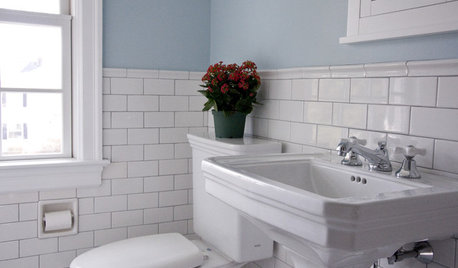
BATHROOM DESIGNRoom of the Day: Renovation Retains a 1920s Bath’s Vintage Charm
A ceiling leak spurs this family to stop patching and go for the gut
Full Story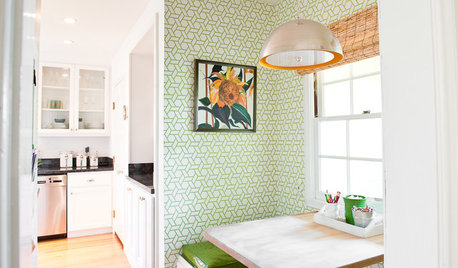
KITCHEN DESIGNSee a Pretty and Practical Kitchen Nook Makeover
Dark finishes and drab walls got the switcheroo, making way for springtime-fresh colors and kid-friendly touches
Full Story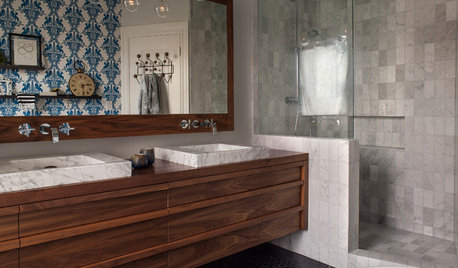
BEFORE AND AFTERSBefore and After: 19 Dramatic Bathroom Makeovers
See what's possible with these examples of bathroom remodels that wow
Full Story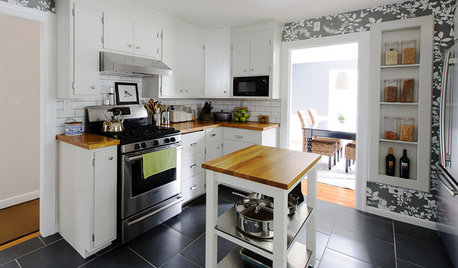
KITCHEN DESIGNKitchen of the Week: A Budget Makeover in Massachusetts
For less than $3,000 (not including appliances), a designing couple gets a new kitchen that honors the past
Full Story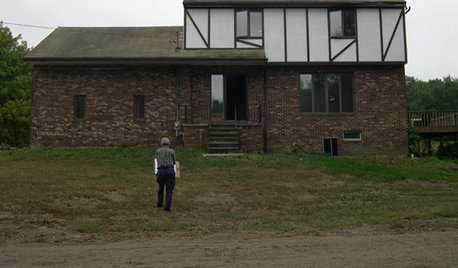
BEFORE AND AFTERSRadical Makeover Scoop — See a New York Home's Fantastic Transformation
How much can you change a home's personality without moving or tearing the whole thing down? Completely, it turns out
Full Story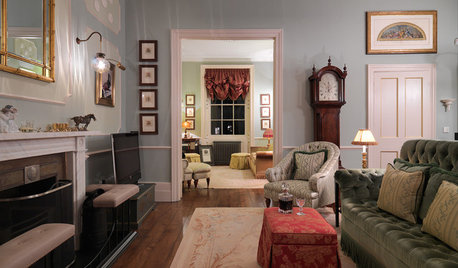
HOMES AROUND THE WORLDHouzz Tour: Period London Townhouse Gets a Lavish Makeover
Luxurious fabrics, custom features and lush details make this Regency house a French-inspired showstopper
Full Story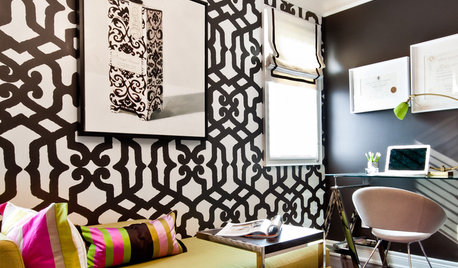
HOUZZ TOURSHouzz Tour: Builder's Beige Gets a Makeover
Home goes from boring to lively with color, furniture and textures to fit a family's personality
Full Story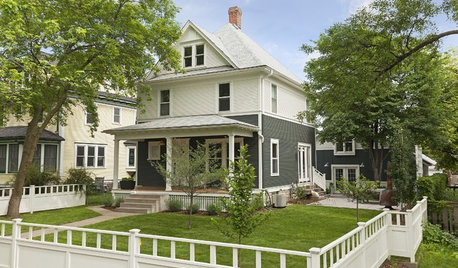
EXTERIORS7 Exterior Makeovers Show How Details Matter
These dramatic before-and-after photos could inspire your own exterior update
Full Story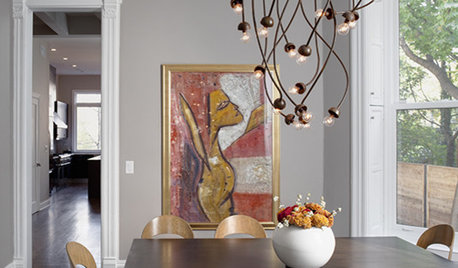
HOUZZ TOURSHouzz Tour: Historical Modern Chicago Makeover
Unearthed 19th-century details enrich a home's contemporary new look
Full Story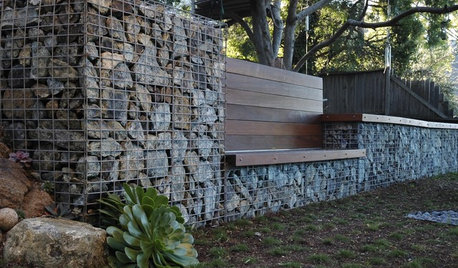
GARDENING AND LANDSCAPING7 Out-of-the-Box Retaining Wall Ideas
Go Beyond Railroad Ties With Stylish Rock, Metal, Blocks, and Poured Concrete
Full Story





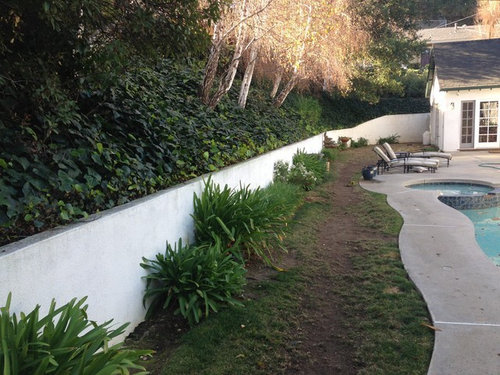

nil13
gobluedjm 9/18 CA
Related Professionals
70037 Landscape Architects & Landscape Designers · Kapaa Landscape Architects & Landscape Designers · Allentown Landscape Contractors · Edmond Landscape Contractors · Clayton Landscape Contractors · Framingham Landscape Contractors · Galveston Landscape Contractors · Holland Landscape Contractors · Kettering Landscape Contractors · West Chester Landscape Contractors · Boise Window Contractors · Lake Forest Park Window Contractors · Mamaroneck Window Contractors · Mill Valley Window Contractors · Phelan Window Contractorsgyr_falcon
hoovb zone 9 sunset 23
iris_gal
ketvalgal
rustico_2009